![]() info@rusticfrontiers.bt
info@rusticfrontiers.bt ![]() +975 17784494/17349862
+975 17784494/17349862
Cultural Odyssey
- Home
- Cultural Tours
- Cultural Odyssey
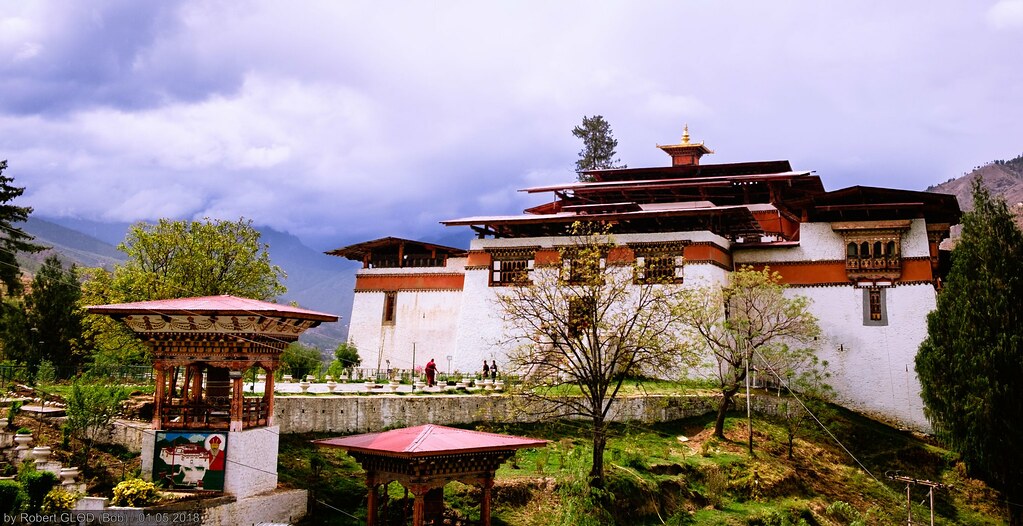
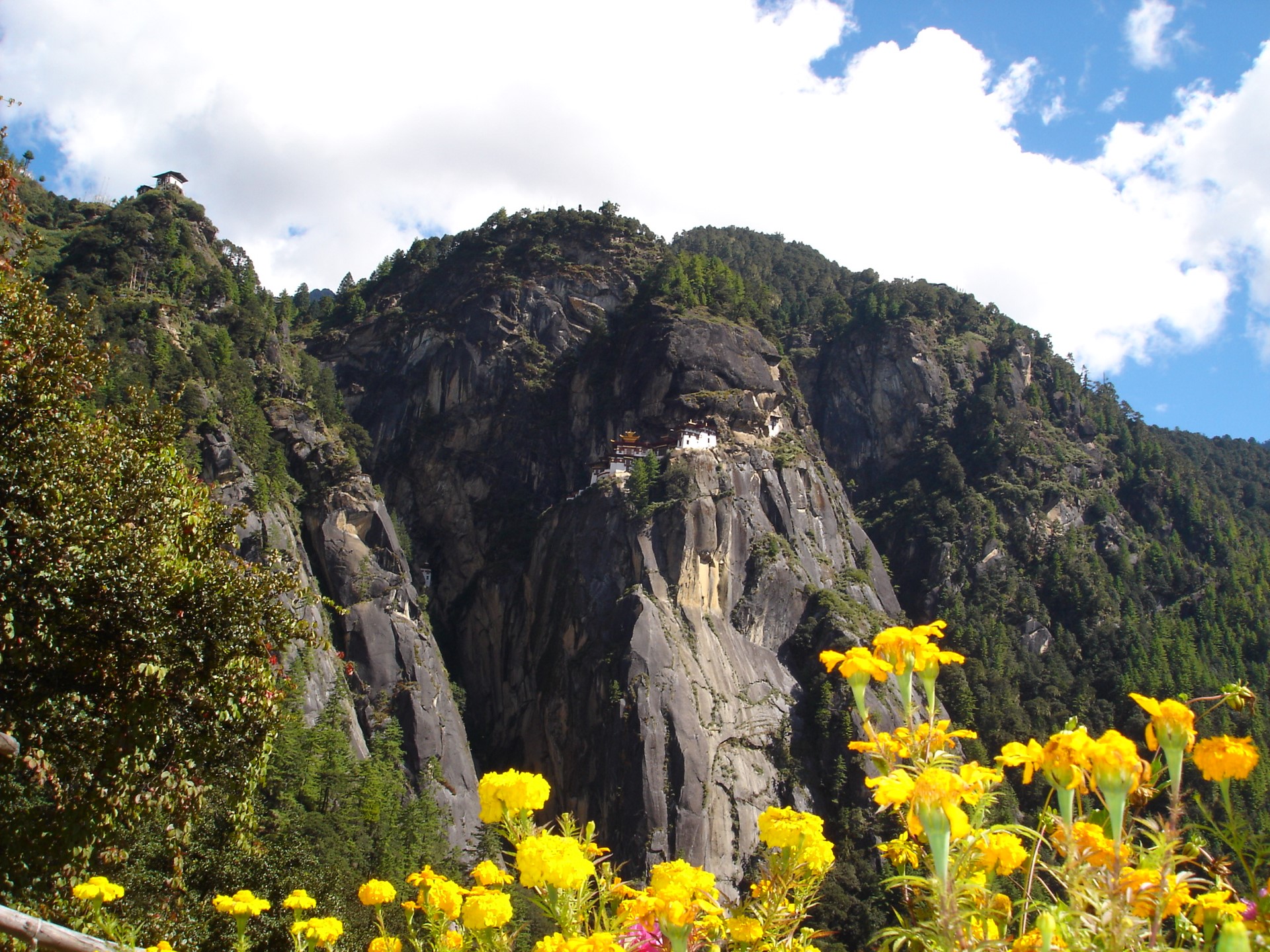
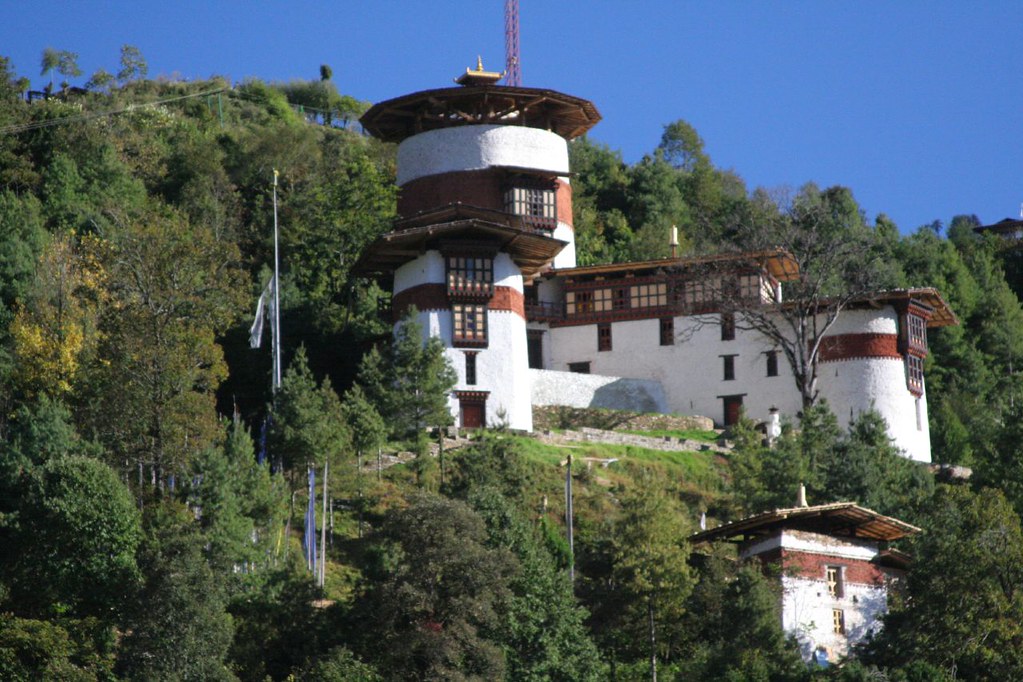
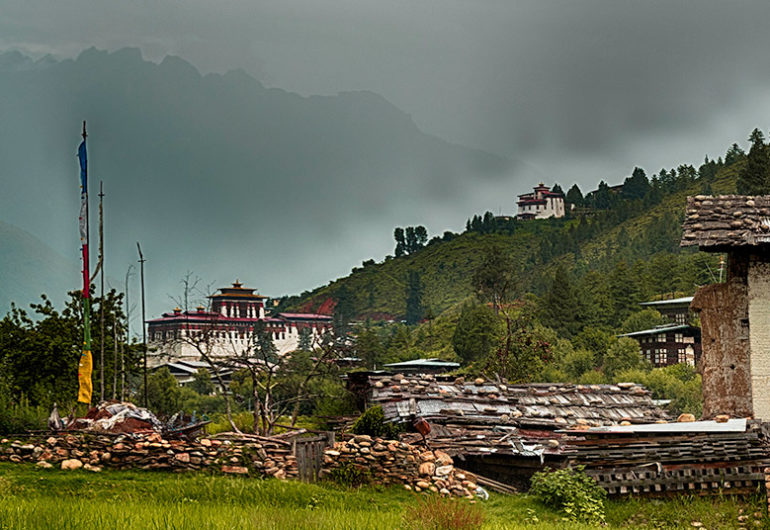
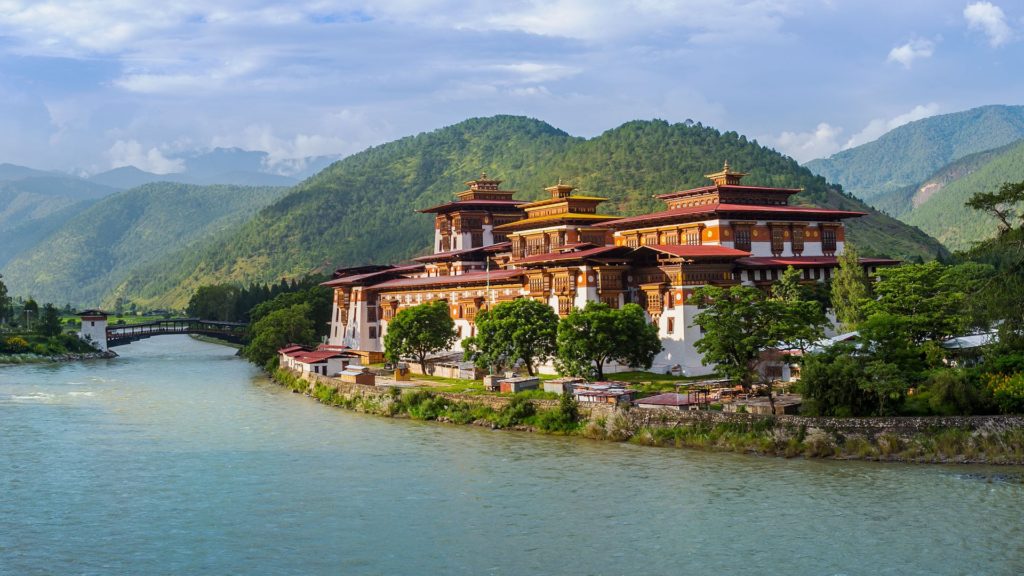
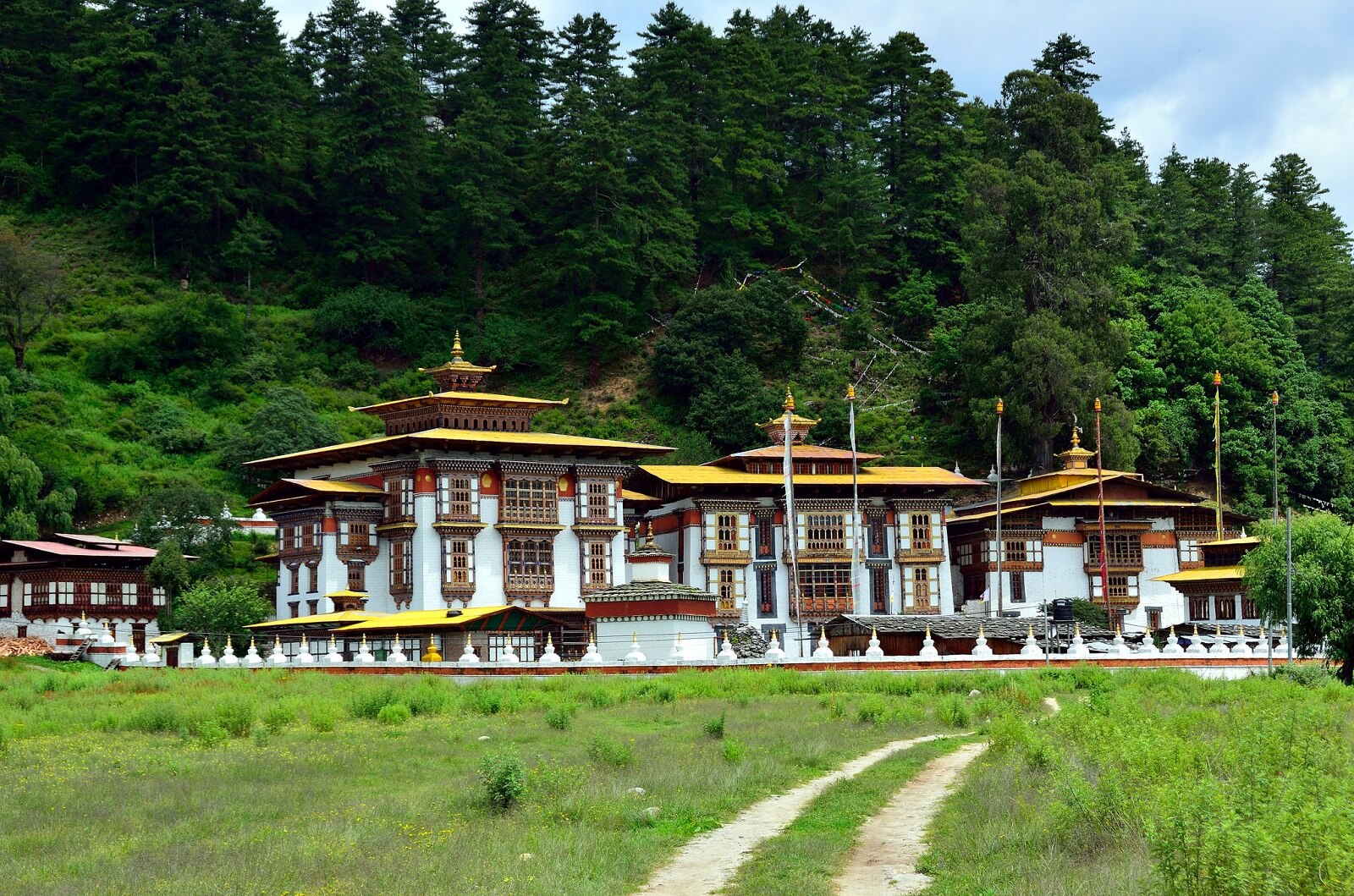
OVERVIEW
Duration: 9 Nights 10 Days
Places to Visit: Paro, Thimphu, Punakha, Gangtey Valley & Bumthang
Enjoy the beauty of the Western & Central part of Bhutan with Rustic Frontiers. This tour offers breathtaking landscapes, cultural immersion, and thrilling adventures, ensuring an unforgettable journey:
- Explore Bhutan’s religious heartland, Bumthang
- Learn about the rare, migratory black-necked cranes in Phobjikha/ Gangtey Valley
- Visit the famous fertility temple or Chimmi Lhakhang
- Experience the Bhutanese mountains and countryside by car
Your journey starts with a breathtaking mountain flight over the Himalayas, showcasing peaks like Everest, Kanchenjunga, and Bhutan’s sacred Jhomolhari. After landing in Paro and meeting your guide, you’ll drive to Thimphu, Bhutan’s unique capital, home to the royal family, government offices, and international projects.
In Thimphu, visit the Memorial Chorten, a tribute to Bhutan’s third king and a monument to peace. The bustling stupa is a popular site for locals who come to pray and socialize. Next, see the Buddha Dordenma statue, one of Asia’s tallest, offering panoramic views of the city. Explore the Takin Zoo, originally a zoo but now a sanctuary for Bhutan’s national animal. Finally, visit the Thangtong Dewachen Nunnery, the capital’s sole nunnery, where nuns live and work together. You’ll spend the night at a hotel in Thimphu.
After breakfast, drive to the Tango and Cheri Monasteries, located in the Northern Thimphu Valley. The hike to Tango Monastery takes about 45 minutes. This monastery, founded in the 13th century and expanded in 1688, is a major center of Buddhist learning and holds historical significance. Continue another 45 minutes to Cheri Monastery, also known as Chagri Monastery, founded in 1620 by Zhabdrung Ngawang Namgyel as the home for Bhutan’s first Monk Body. Enjoy a Bhutanese picnic lunch at the base of Cheri Monastery.
In the afternoon, visit Zorig Chosum, Bhutan’s traditional arts and crafts school. Here, students learn 13 traditional disciplines including painting, woodcarving, and statue-making. It’s a great chance to interact with students and see their work. Note that the school is closed on Saturday afternoons, Sundays, government holidays, and during school breaks in July and January-February. Spend the night at a hotel in Thimphu.
In the morning, transfer to Paro airport for a domestic flight to Bumthang. Bumthang, a region with four valleys—Chumey, Choekhor, Tang, and Ura—ranging from 2,600 to 4,000 meters in altitude, is known for its ancient Buddhist temples and monasteries. Upon arrival, check into your hotel and enjoy lunch.
In the afternoon, embark on a Valley Walk visiting three significant temples. Start at Jambay Lhakhang, built in the 7th century by Tibetan King Songtsen Gampo to subdue evil spirits. Continue to Kurjey Lhakhang, consisting of three temples, including one built on the site where Guru Padmasambhava meditated. Walk through farmlands and across a suspension bridge to Tamshing Lhakhang, founded in 1501 by Terton Pema Lingpa, featuring ancient religious paintings. Breakfast and dinner are at your hotel, with lunch at a local tourist restaurant. Overnight in Bumthang.
Today, you’ll explore the picturesque Tang Valley in Bumthang. Begin with a drive through meadows and pastures, spotting sheep along the way. Leaving the national highway, you’ll follow a rough farm road into the Tang Valley, a less-visited area known for its hidden monasteries and charming villages. A short hike will take you to
Ugyencholing Manor, an ancient noble home now functioning as a museum, offering insights into the aristocratic lifestyle of the past.
On the way back, stop at Mebartsho (Burning Lake), a sacred site where Terton Pema Lingpa is said to have discovered religious treasures in the 12th century. The lake, adorned with prayer flags, is a major pilgrimage site for Bhutanese who visit to offer butter lamps. Return to your hotel in Bumthang for the night.
After breakfast, depart for Gangtey, traveling via the scenic Yotong-la Pass (3,400m). En route, visit Chhume Valley, renowned for its Yatra weaving, where you can see traditional textiles and watch weavers at work.
Continue to Trongsa Dzong, the ancestral home of Bhutan’s monarchs, where you might witness novice monks practicing mantras and sacred instruments. Explore the Trongsa Museum, housed in a historic watchtower with exhibits on Bhutanese monarchy (closed on government holidays).
Drive across the Black Mountain Range, passing through oak and rhododendron forests and crossing Pele-la Pass (3,300m), marked by a white chorten and prayer flags. The landscape changes abruptly to high-altitude dwarf bamboo. Enjoy breaks for stretching, photography, and toilet stops.
Arrive in Gangtey, a stunning glacial valley known for its rare Black-necked Cranes, which migrate from Tibet and are protected in this area. Overnight at a hotel in Gangtey.
This morning, visit Gangtey Gompa, the only Nyingmapa monastery in western Bhutan. Next, enjoy an easy 1.5-2 hour hike on the Gangtey Natural Trail, known for its beauty and brevity. Starting from the mani stone wall near the monastery, the trail winds through pine forests and bamboo plants, offering stunning views of Phobjikha Valley and an opportunity to see the endangered Black-necked Cranes during winter.
Conclude your day with a visit to the Black-necked Crane Center. Depending on the season, you might spend time in the center’s hide to observe these rare birds. Overnight at a hotel in Gangtey.
Today, drive through the mountains to Punakha, which was Bhutan’s capital until 1955 and remains the winter seat of the Je Khenpo (Chief Abbot). The fertile Punakha Valley is nourished by the Pho Chu and Mo Chu rivers and benefits from a temperate climate. During the drive, make occasional stops to stretch and take photos.
Upon arrival, take a walk to Chimi Lhakhang, a temple dedicated to the 16th-century “Divine Madman,” known for his colorful folklore. After checking into your hotel, visit Punakha Dzong, strategically located at the confluence of the Pho Chu and Mo Chu rivers. Built in 1637 by Zhabdrung Ngawang Namgyal, the dzong has been restored after damage from fires and an earthquake. It is open to visitors during specific times, including festival seasons and summer months. Overnight in Punakha.
In the morning, drive to Paro, crossing the Dochu-la Pass (3,088m). At the pass, you’ll find a large Bhutanese stupa, 108 small stupas, and fluttering prayer flags, offering stunning views of the eastern Himalayas on clear days.
Upon reaching Paro, a valley known for its rich culture and scenic beauty, explore its many ancient temples and monasteries. Mt. Jhomolhari (7,300m) dominates the Northern end of the valley, with its glacial waters forming the Pa Chu (Paro River). Paro is also known for its fertile terraced fields, which produce much of Bhutan’s famous red rice.
Visit Kichu Lhakhang, one of Bhutan’s oldest temples, built in the 7th century by Tibetan King Songtsen Gampo to subdue a demoness, marking the introduction of Buddhism to Bhutan. Conclude your day with a visit to a local farmhouse to enjoy a cup of traditional butter tea with the family. Overnight in Paro.
The “Tiger’s Nest” monastery, Bhutan’s most famous, is dramatically perched on a cliff 900 meters above the valley floor. Legend has it that in the 8th century, Guru Rinpoche flew on the back of a tigress to this site and meditated in a cave for three months, leading to its name. The main temple of the complex, dating from 1692, was severely damaged by fire in 1998 but has since been meticulously restored. Visiting Taktsang is considered a spiritual highlight for many.
Also in Paro, the Phuba Mandala Display Centre showcases the creation of sand mandalas—intricate designs made with dyed sand that represent Buddhist philosophies and the universe. The process is a sacred art performed by skilled professionals. Overnight in Paro.
Breakfast at the hotel (depending on flight), then drive to the airport for flight to onward destination.
Breakfast only at hotel on last day.